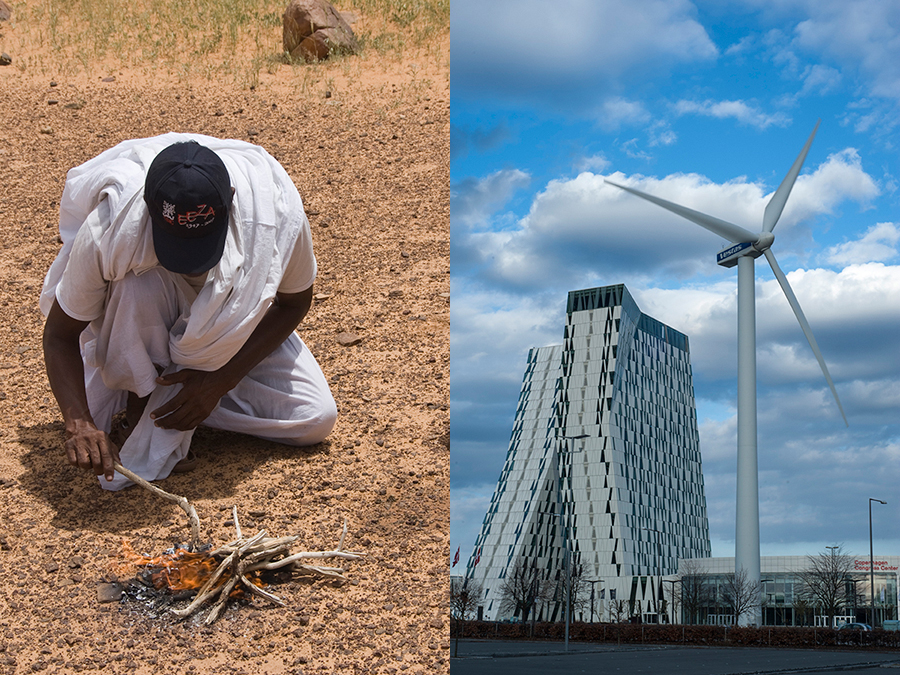Sustainable Development Goals (SDG)
In September 2000, after years of large conferences and UN summits, world leaders met at the UN Headquarters in Nueva York to endorse The Millennium Declaration, committing their countries to a new global alliance to reduce levels of extreme poverty and drawing up a series of objectives, known as the Millennium Development Goals, whose deadline was set for 2015.
In September 2015, over 150 Heads of State and Government met in the historic Summit for Sustainable Development, where they approved the 2030 Agenda. This Agenda contains 17 Objectives for universal application which, as from 1st January 2016, govern the efforts of countries to achieve a sustainable world in 2030, and these are the SDO: they are heirs to the Millennium Development Goals and aim to widen the successes achieved by these, as well as to achieve those aims which haven’t been met.
These new Objectives are unique because they urge all countries, be they rich, poor or of a medium economic level to take steps to promote prosperity while protecting the planet at the same time. They recognise that initiatives to end poverty must go hand in hand with strategies which favour economic growth and address a number of social needs, among which we highlight education, health, social protection and employment opportunities, while they also fight against climate change and promote the preservation of the environment.
Although the SDO are not legally compulsory, it is hoped that governments will adopt them as their own and establish national frameworks to achieve them. Countries have the primary responsibility of tracking and analysing progress made in complying with the Objectives, and the data obtained will allow for a regional and global evaluation.
As the then Secretary-General of the UN, Ban Ki-moon, pointed out “The seventeen SDO are our shared vision of humanity and a social contract between the leaders of the world and the people”. “This is a list of tasks for the people and the planet and a plan for success”. In my opinion, the problem with these Objectives is that they base their achievement on achieving economic growth for all countries, but without seeking real changes to the paradigm which modify the current model, which is quite clearly unfair, lacks solidarity and is unsustainable.
The current Temporary Exhibition to present the Objectives uses seventeen pairs of photographs; twelve of them show the enormous differences between less and more developed countries to achieve the SDO, while the other five show contrasting situations close to and from achieving the SDO in countries. Although Objective 10 is specifically devoted to reducing inequalities, inequality is precisely one of the characteristics which permeate all the Objectives, and the following pairs of photos highlight this. The text which accompanies the photos for each of the 17 Objectives bear the synthetic title established by the UN.
Francisco Sánchez Aguado is a Doctor in Biology and photographer. At present he is retired from his work in the Servicio Territorial de Medio Ambiente de la Junta de Castilla y León, in Segovia. Francisco Sánchez Aguado has a Blog of photos, nature, travel and short stories which can be found at https://elviajeroaustral.wordpress.com


































